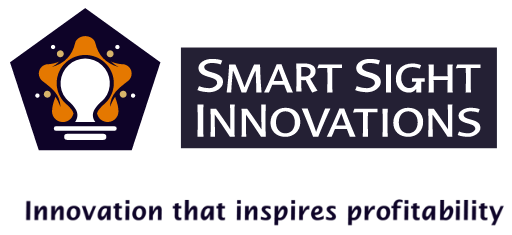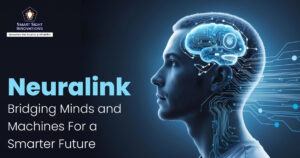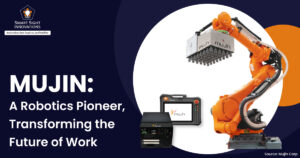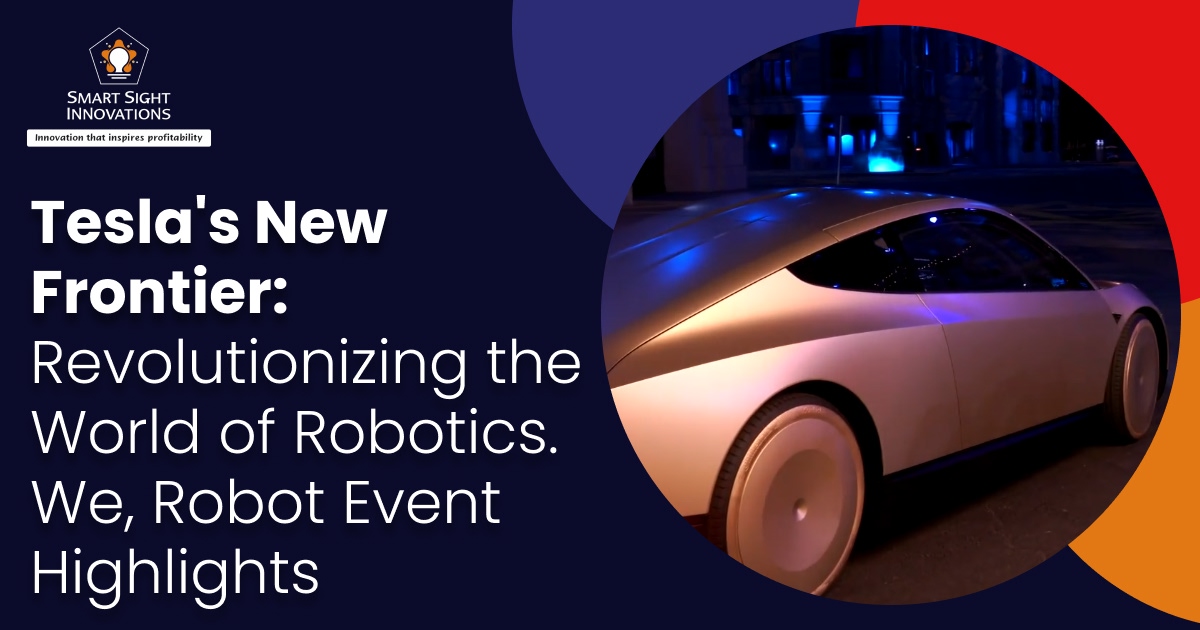
(Source Image: Tesla)
About Tesla’s We, Robot Event
Tesla’s We, Robot event is a pioneering showcase of the company’s ambitions in robotics and artificial intelligence, aimed at reshaping the future of automation. Known for revolutionizing the electric vehicle and clean energy markets, Tesla is now extending its expertise to robotics with groundbreaking innovations that promise to redefine human-machine interaction.

(Source Image: Tesla)
The event emphasizes Tesla’s approach to integrating cutting-edge AI with advanced hardware to create robots capable of assisting in industries ranging from manufacturing to everyday household chores. The We, Robot event is a glimpse into Tesla’s long-term vision of harmonizing robotics and artificial intelligence to improve efficiency, productivity, and quality of life.
By leveraging its expertise in neural networks, sensors, and sustainable technology, Tesla is positioning itself as a leader in the rapidly evolving field of robotics. This event underscores not only Tesla’s innovative potential but also the broader implications of robotics in society, sparking conversations about the future of work, ethical considerations, and the limitless possibilities of AI-driven automation.
Highlights From Tesla’s We, Robot Event
Tesla’s We, Robot event, held on October 10, 2024, at Warner Bros. Studio in Los Angeles, showcased the company’s ambitious vision for the future of robotics and autonomous vehicles. The event’s title pays homage to Isaac Asimov’s I, Robot, reflecting Tesla’s aim to integrate robotics into everyday life beyond just automotive applications.
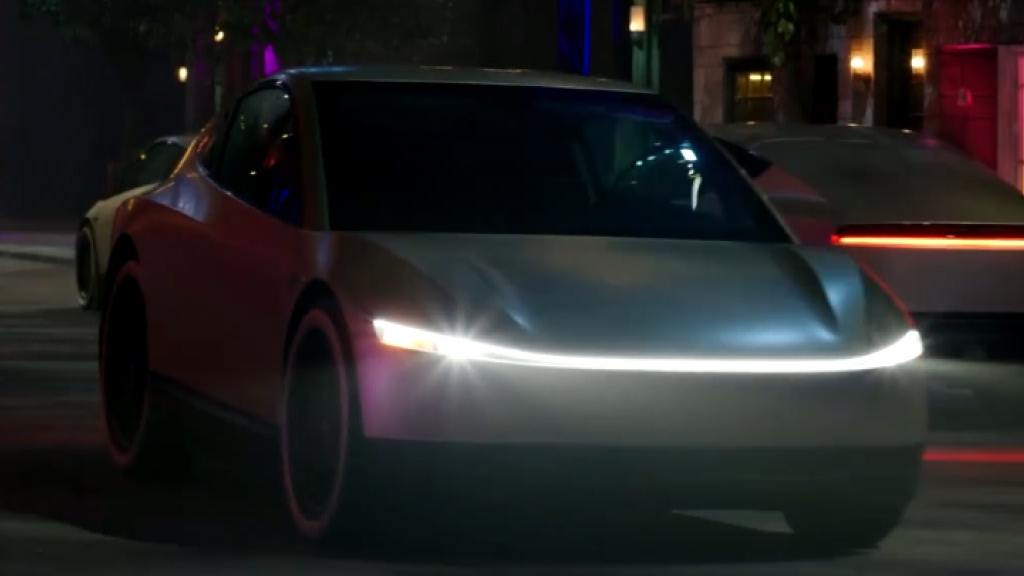
(Source Image: Tesla)
A central highlight was the unveiling of the Cybercab, a fully autonomous ride-sharing vehicle designed without traditional controls like steering wheels or pedals. Additionally, Tesla introduced the RoboVan, intended for public transit and cargo transport, and provided updates on its humanoid robot, Optimus.
The event emphasized Tesla’s commitment to creating a future where humans and robots collaborate seamlessly in various aspects of life, marking a significant step towards realizing an interconnected world driven by AI and automation.
Optimus – Tesla’s Groundbreaking Humanoid Robot

(Source Image: Tesla)
Tesla’s Optimus humanoid robot represents a significant advancement in robotics, leveraging cutting-edge technology to perform a variety of tasks traditionally handled by humans. Here’s an overview of its core technologies:
AI-Powered Cognitive Systems
At the heart of Optimus is an advanced AI system akin to those used in Tesla’s self-driving vehicles. This system utilizes deep learning and neural networks to process vast amounts of data, enabling the robot to recognize objects, navigate environments, and make context-aware decisions. The ability to learn from experience allows Optimus to adapt its actions over time, improving efficiency in task execution through reinforcement learning techniques.
Sensory Perception
Optimus is equipped with a comprehensive array of sensors, including cameras, LIDAR, and ultrasonic sensors. These components provide real-time perception of its surroundings, allowing it to identify objects, people, and potential hazards. This sensory input is crucial for safe interactions in dynamic environments populated by humans. The robot’s visual navigation system is managed by trained neural networks that help it traverse various terrains autonomously.
Mechanical Design and Actuation
Optimus stands at 173 cm tall, weighs 125 pounds, and features a humanoid design with two legs and arms that mimic human dexterity. Its sleek exterior, houses an advanced framework of actuators and sensors, allowing it to move with agility and precision.
The Optimus incorporates 40 electromechanical actuators; 12 in the arms, 12 in the legs, and additional actuators in the torso and neck. This enables it to perform complex movements such as walking, squatting, and lifting objects. Optimus can deadlift 150 pounds, carry objects up to 45 pounds, and walk at a speed of 5 miles per hour. The robot can lift up to 20 kg under optimal conditions and is designed for stability and balance, even on uneven surfaces.
The robot’s hands are designed for fine motor skills, allowing it to manipulate tools, assemble objects, and perform delicate tasks; even handling an egg without breaking it. Its structure is optimized for balance and stability, enabling it to navigate uneven terrain and interact seamlessly with its surroundings.
Advanced Materials
The construction of Optimus utilizes lightweight yet durable materials that enhance its efficiency and safety. This design choice not only contributes to the robot’s agility but also ensures that it can operate effectively in various settings, from homes to industrial environments.
Human-Robot Interaction
Optimus is designed for intuitive interaction with users. It can understand verbal commands and respond appropriately, facilitating seamless communication without requiring complex programming. A screen on its face provides visual feedback during interactions, enhancing user experience.
Power Supply and Efficiency
The robot operates on a battery system engineered for extended use, with a life sufficient for a full day of work. Optimus can recharge itself when not in use, minimizing downtime and maximizing operational readiness. The battery technology draws from Tesla’s extensive experience in electric vehicle power systems.
Versatility and Applications
Optimus is built to perform a wide range of tasks, from mundane household chores like cleaning and cooking to more specialized roles in warehouses or factories such as inventory management or assembly assistance. Its versatility positions it as a valuable asset across multiple sectors.
Safety Features
Safety is paramount in Optimus’s design. It includes emergency stop mechanisms and continuous monitoring of its environment through sensors to detect obstacles and avoid collisions. These features ensure that the robot can operate safely alongside humans.
Affordability and Scalability
Tesla aims to make Optimus both cost-effective and scalable for mass production by bringing the cost between $20,000 and $30,000. By leveraging its existing supply chain and manufacturing expertise, it plans to deliver a robot that is affordable for businesses and individuals alike.
Ethical Considerations and Future Outlook
Tesla is aware of the ethical implications of introducing humanoid robots into society. During the We, Robot event, emphasis was on ensuring that Optimus operates within ethical guidelines, prioritizing safety and human welfare.
With Optimus, Tesla is not only redefining what robots can do but also paving the way for a future where humans and robots coexist harmoniously. From industrial automation to home assistance, Optimus is poised to transform how we work, live, and interact with machines.
Robovan: Tesla’s Vision for Autonomous Transportation

(Image Source: Tesla)
Tesla’s Robovan is an innovative concept that combines the power of electric vehicles (EVs) with autonomous driving and versatile design. As part of Tesla’s mission to revolutionize transportation, the Robovan is envisioned as a multipurpose, fully electric, and self-driving van that caters to a variety of needs, including passenger transport, cargo delivery, and mobile services. Its core technologies are:
Autonomous Driving System
The RoboVan is equipped with Tesla’s advanced AI5 processor, which utilizes a sophisticated vision system relying solely on cameras. This technology eliminates the need for traditional radar or LIDAR systems, allowing the RoboVan to navigate complex environments with high precision.
The AI has been trained on millions of driving scenarios, resulting in a level of safety that surpasses human drivers. This autonomous capability enables the vehicle to operate seamlessly in high-density urban areas, making it ideal for public transport and logistics.
Design and Aesthetics
The RoboVan features a striking cyber design that aligns with Tesla’s futuristic aesthetic, similar to that of the Cybertruck and Cybercab. Its unique design includes a lack of a windshield, along with large sliding doors for easy access. The vehicle can accommodate up to 20 passengers, making it versatile for various applications such as shuttles or school buses. Additionally, its interior can be customized for freight transport, showcasing its adaptability.
Energy Management
Tesla’s innovative 4680 battery cells power the RoboVan, offering enhanced energy density and efficiency. This battery technology is optimized for maximum range and reduced charging times, ensuring that the vehicle can operate effectively throughout the day without extensive downtime. The RoboVan is also expected to feature wireless inductive charging capabilities, further simplifying the recharging process.
Versatility in Application
The RoboVan is designed for multifaceted use cases. It can serve as a school bus, a shuttle service, or even be converted into a motorhome for personal adventures. The flexible interior layout allows for easy adaptation to different passenger and cargo needs, making it suitable for both commercial and personal use.
Accessibility Features
The design of the RoboVan prioritizes accessibility, featuring a flat floor and wide doors that facilitate entry for individuals with reduced mobility. This focus on inclusivity ensures that the vehicle can serve a broader demographic within urban settings.
Impact on Transportation
The introduction of the RoboVan has the potential to revolutionize urban mobility by providing an efficient alternative to traditional transportation methods. By optimizing routes through intelligent software and reducing operational costs via autonomous driving, the RoboVan could significantly alleviate traffic congestion in densely populated areas.
Moreover, as an all-electric vehicle, it contributes to sustainability efforts by lowering CO₂ emissions associated with transportation. The RoboVan aligns with Tesla’s broader mission to promote sustainable energy solutions while enhancing convenience and safety in public transport systems.
Cybercab: A New Era in Autonomous Ride-Sharing

(Source Image: Tesla)
Tesla’s Cybercab concept represents the company’s vision for the future of urban transportation, which includes a fully autonomous, all-electric ride-sharing vehicle designed to combine convenience, sustainability, and cutting-edge technology. As part of Tesla’s broader strategy to revolutionize mobility, the Cybercab is poised to redefine how people travel in cities, offering a seamless, eco-friendly alternative to traditional taxis and ride-hailing services.
Design and Features
The Cybercab’s design is futuristic and minimalistic, taking cues from Tesla’s iconic Cybertruck with angular lines and a robust build. This compact yet spacious vehicle is optimized for urban environments, offering a balance of durability, efficiency, and passenger comfort.
Key Features
- Powered by Tesla’s Full Self-Driving (FSD) technology, the Cybercab is capable of fully autonomous operation. Using advanced neural networks, cameras, and sensors, it can safely navigate complex city traffic, pick up passengers, and drop them off without requiring human input.
- The Cybercab leverages Tesla’s industry-leading battery technology for extended range and fast charging. This ensures efficient, low-cost operations and zero emissions, making it an ideal solution for sustainable urban mobility.
- The interior is designed for comfort and convenience, featuring spacious seating, large touchscreens for entertainment and trip management, and AI-driven climate controls.
- Inspired by the Cybertruck, the Cybercab’s durable construction can withstand the demands of ride-sharing, reducing maintenance costs and extending its lifespan.
Applications of the Cybercab
Tesla’s Cybercab is intended to revolutionize the ride-sharing industry, offering unique benefits in multiple areas:
- As a fully autonomous taxi, the Cybercab can operate 24/7, providing on-demand transport services with high efficiency.
- By eliminating the need for drivers and utilizing an electric powertrain, the Cybercab significantly reduces operating costs, making rides more affordable for users.
- Tesla envisions Cybercabs forming part of its Robotaxi Network, where owners can add their vehicles to Tesla’s ride-sharing fleet, earning income while the cars operate autonomously.
- With features like spacious interiors and wheelchair accessibility, Cybercabs can cater to a wide range of passengers, including those with special needs.
Sustainability and Efficiency
As an electric vehicle, the Cybercab directly supports Tesla’s mission of reducing carbon emissions. Its efficient design, coupled with renewable energy charging options, ensures a lower environmental footprint compared to traditional gas-powered taxis. Additionally, Tesla’s autonomous technology minimizes idle time and optimizes routes, further enhancing efficiency.
The Tesla Cybercab is more than just a vehicle. It’s a vision of smarter, greener, and more efficient cities. With its advanced technology and forward-thinking design, it has the potential to transform the way people travel in urban areas.
